On the Origin of Art (MONA)
MONA is not afraid to stage exhibitions that tackle big ideas and ask difficult questions. The latest offering, On the Origin of Art, does just that. As David Walsh, MONA’s owner says, ‘Let’s see if those who have insights into evolution can tease out something about the nature of art.’
The exhibition takes its name from Charles Darwin’s famous book On the Origin of Species (1859). Via four separately curated exhibitions, it explores the nature and origin of art and creativity. Sensibly, it does not claim to provide answers. As the exhibition pamphlet states: ‘Maybe that ambition is a little lofty; maybe it lacks modesty. Humour us. If nothing else, you’ll get to see some pretty pictures.’ What really makes On the Origin of Art worth seeing as an exhibition is that it is much more than just pretty pictures. In addition to many pretty pictures, and several that are not so pretty, there are numerous other works – sculpture, installations, videos, antiquities, decorative arts – ranging from prehistorical artefacts to the present day, from a multitude of cultures. The very breadth of the selection is refreshing, with a vast number of Australian and international loans. Regular visitors to Australian public art collections will recognise their favourites. Several commissions created for MONA and the exhibition were also displayed for the first time.
Continue reading for only $10 per month. Subscribe and gain full access to Australian Book Review. Already a subscriber? Sign in. If you need assistance, feel free to contact us.



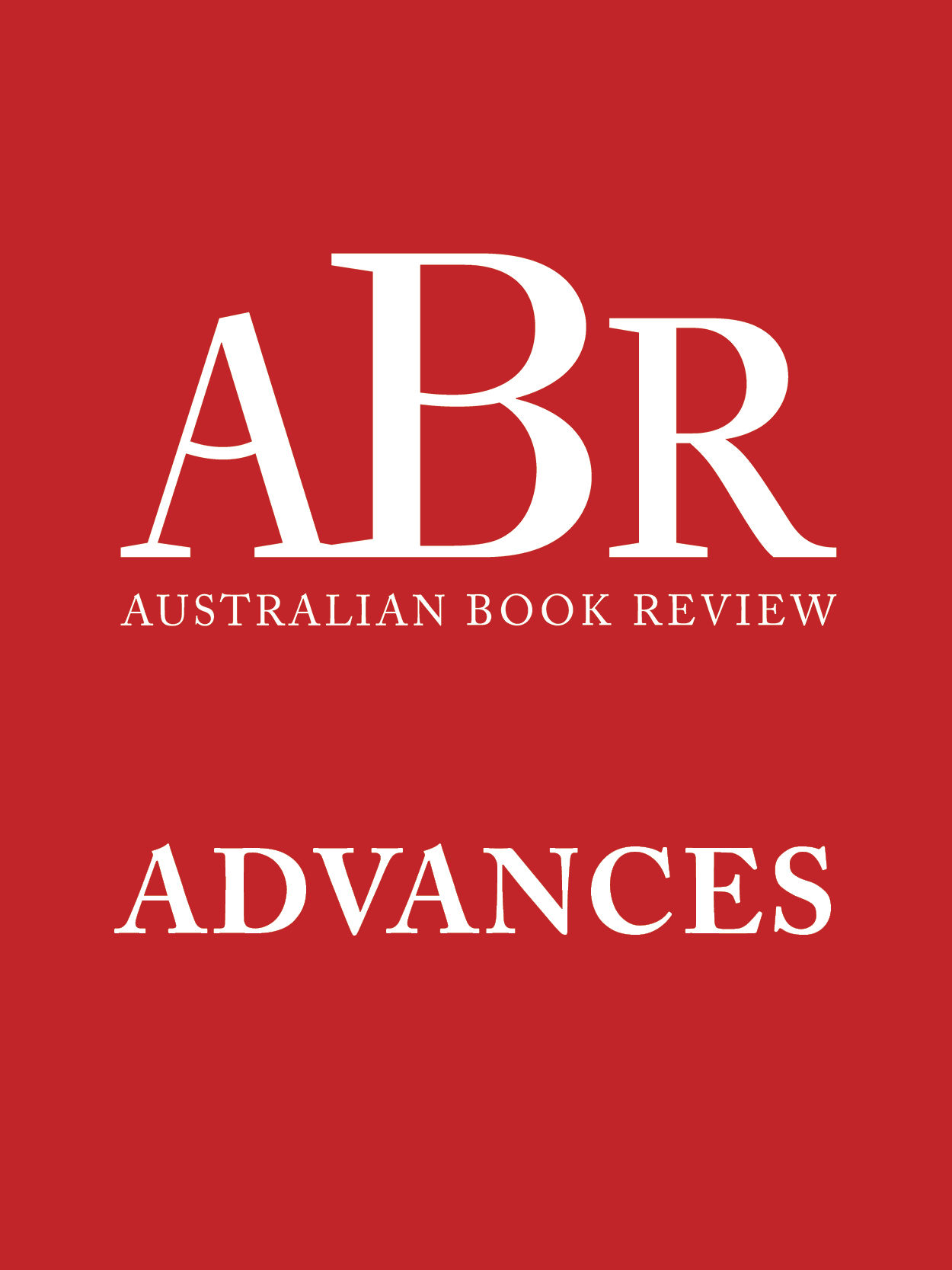
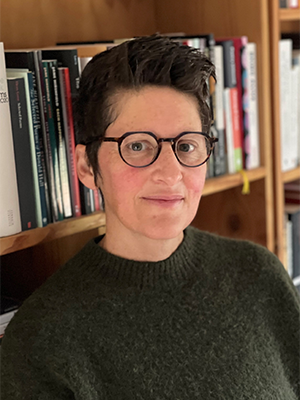


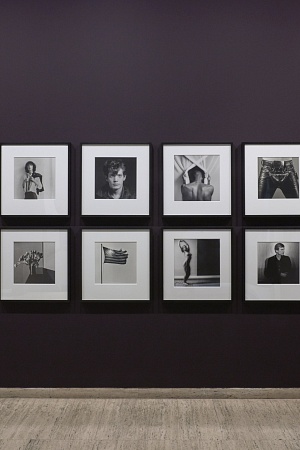
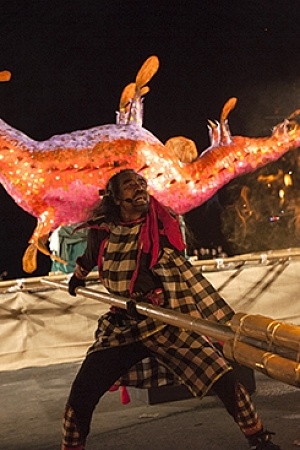
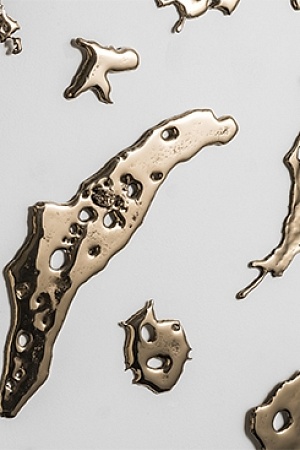
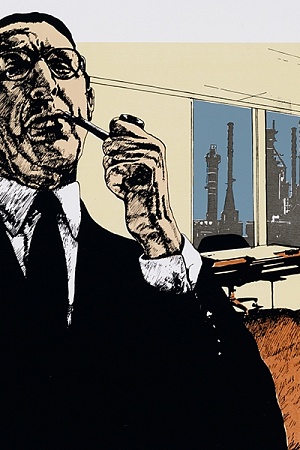
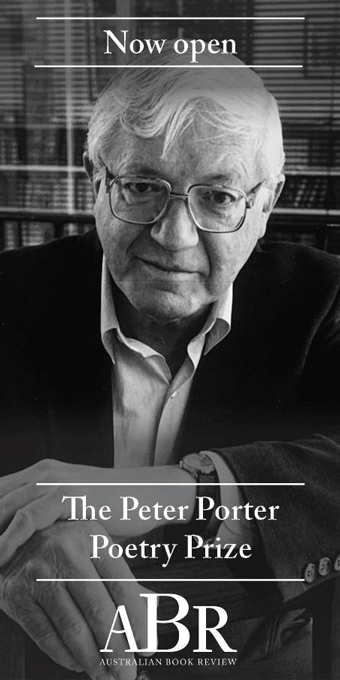


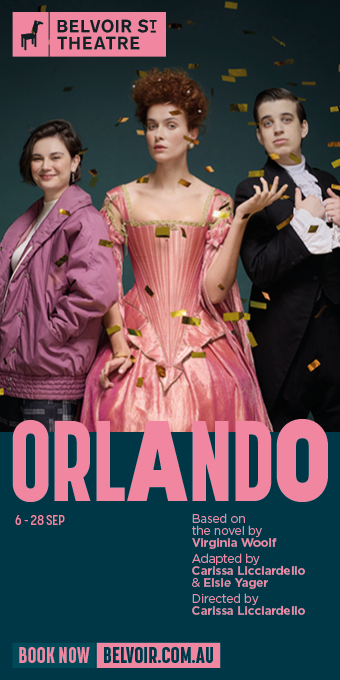
Comment (1)
Leave a comment
If you are an ABR subscriber, you will need to sign in to post a comment.
If you have forgotten your sign in details, or if you receive an error message when trying to submit your comment, please email your comment (and the name of the article to which it relates) to ABR Comments. We will review your comment and, subject to approval, we will post it under your name.
Please note that all comments must be approved by ABR and comply with our Terms & Conditions.